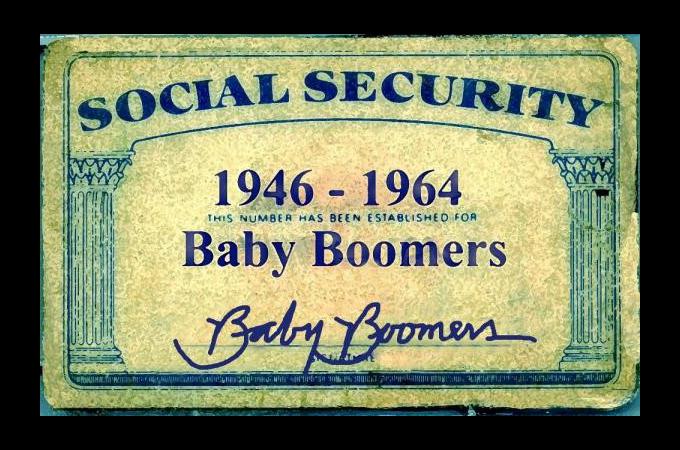Whose responsibility is it to take care of our aging population?
It’s no secret that in today’s world people are living longer than ever before. In fact, in America alone 79 million baby boomers make up over one fourth of the population. According to Pew Research each year for the next 18 years boomers will reach the age of 65. Today, the average life expectancy has increased dramatically. Gallup polls show that the average age for women to live is age 81 while men are expected to live to the age of 76 or beyond. The average retirement age for full time employment has migrated from 65 to 67.
So what are the long term implications? If you look back on history, the boomer generation has completely changed the complexion of teen pop culture, young adult hood, and what middle age looks like. Boomers forced our educational system to rethink learning in the traditional classroom setting, changed the societal stigma of being divorced, challenging the court systems to rethink parental custody norms and even what spousal support looked like. Instead of assuming women would always receive “alimony” in a divorce scenario, “palimony” was awarded based on financially which spouse’s income was determined to be “head of household”. The examples and the list can go on, but the unanswered question is staring us right in the face.
For years experts have predicted that our government’s social security program was on jeopardy. Sure, more people have entered into the workforce and paid into social security, however with people living longer there are more people enrolling into the program than exiting it. Yes, the government has made some adjustments in terms of when people can begin to collect their benefits; it will take years before the system feels the impact, if any. Social Security is just one program that is at risk. What about Medicare or Medicaid? Let’s be clear Medicare is solely a “federal” program. Medicaid is a “joint state and federal” program. What this means is each state operates its own Medicaid system, however the system must conform to federal guidelines in order for the state to receive matching grants or funding. These programs were put into place to assist people with health insurance and long term care in the final stage of their life. They were developed back in the days when the average life expectancy was in the late 60’s early 70’s.
Medicare has had several revisions and will continue too. It’s program has gotten so convoluted that the average person needs to seek out a well versed professional to guide them through what coverage they have, what supplemental policies they should purchase and how to work within the coverage rules of a hospital stay without being charged personally or released too soon, risking other related illnesses.
Medicaid went from an option to help people who truly needed medical assistance, to help bridge a gap in their life until they go back on their feet, to a an entitlement program where people live on the system their entire life. Somewhere over the years the program took an unexpected turn and went from “bridging the gap” when people were in need to “providing assistance without accountability”. Translation, it became an entitlement benefit for all persons, not just those who contributed into the plan. This is the unspoken elephant in the room, especially for seniors approaching their end of life.
The government’s position is that if you are an American, you are entitled to health care. That’s just the way it is, so let’s not discuss what’s good or bad about it, let’s accept it and look at the facts on how it plays into the financial implications of the future. What’s alarming is that persons who have contributed to the system their entire life are literally having to go broke and die penniless in order to receive financial care while others who never have contributed into the system continue to be subsidized. Combine the two together and the outcome is a major Medicaid budgetary issue for many states. Studies show that over the past few years Medicaid on average takes up to 22% of each state's budget. What’s the impact on the federal budget that must match each state? If there is already a strain on the system now – what is that going to look like going forward with the influx of boomers needing assistance?
Now let’s add insult to injury. The New York Times reported on November 27, 2012 that “Medicaid is the nation’s largest health program in terms of number of recipients, serving 56 million to Medicare’s 48 million – AND - According to the Congressional Budget Office, in the 2010 fiscal year, 77 percent of people enrolled in Medicaid were children and families, while 23 percent were elderly or disabled. But 64 percent of Medicaid spending was for older Americans and people with disabilities, while 36 percent went to children and families.”
Bottom line – there is an entire generation of individuals who will be reaching the end stages of their life, who will need care in the final days of their life and most likely need financial assistance for their care.
What’s the solution? In my humble opinion only, it’s not a political one. I believe it’s a cultural one. Other countries have financial issues, but many of them place far more value on the family unit than we do. In other countries it’s not uncommon to have multiple generations living together under one roof. The elderly are respected and cared for. It’s part of their culture’s fabric. Finances aren’t even taken into the equation; it’s just the unspoken norm. I personally think we can learn something here, what’s your thought? I’d love for you to continue this dialogue with me!


